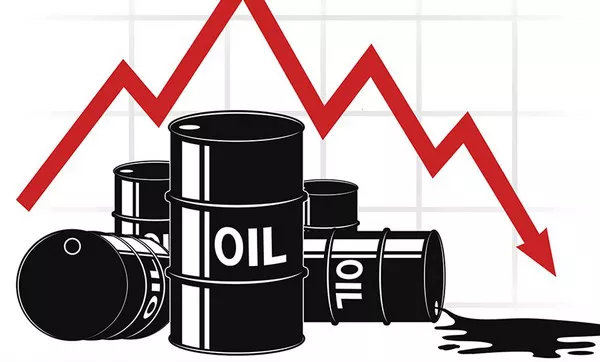West Texas Intermediate (WTI) crude oil, the benchmark for US oil prices, was trading at approximately $57.25 during the early Asian session on Wednesday, continuing its downward trajectory and nearing a four-year low. This decline is largely attributed to escalating trade tensions between the US and China, with growing concerns about a potential recession in the US and weak global demand.
On Wednesday, the Trump administration imposed a significant 104% tariff on Chinese goods, following Beijing’s failure to meet a deadline set by President Trump. The new tariffs, which are set to take effect at 04:01 GMT, come as a response to China’s refusal to lift its retaliatory tariffs on US goods. The White House had warned of an additional 50% tariff increase if China did not comply. In retaliation, China’s Ministry of Commerce vowed to resist what it called “US blackmail,” heightening fears of an economic slowdown worldwide and exerting further downward pressure on WTI prices.
Adding to the market’s volatility, a surprise increase in oil production by OPEC+ has further weighed on WTI. The group, which includes members of the Organization of Petroleum Exporting Countries (OPEC) and allied nations, revealed plans to boost output by 411,000 barrels per day (bpd) in May—more than triple the initially planned 135,000 bpd. This decision is expected to flood the market with more crude, intensifying concerns over oversupply.
On the flip side, a decline in US crude oil inventories, as reported by the American Petroleum Institute (API), could provide some support to prices. For the week ending April 4, US stockpiles fell by 1.057 million barrels, a stark contrast to the 6.037 million-barrel increase in the previous week. Despite this, crude oil inventories have still risen by nearly 22 million barrels since the start of the year.
WTI remains under pressure as both global trade and supply factors continue to shape the market outlook.


